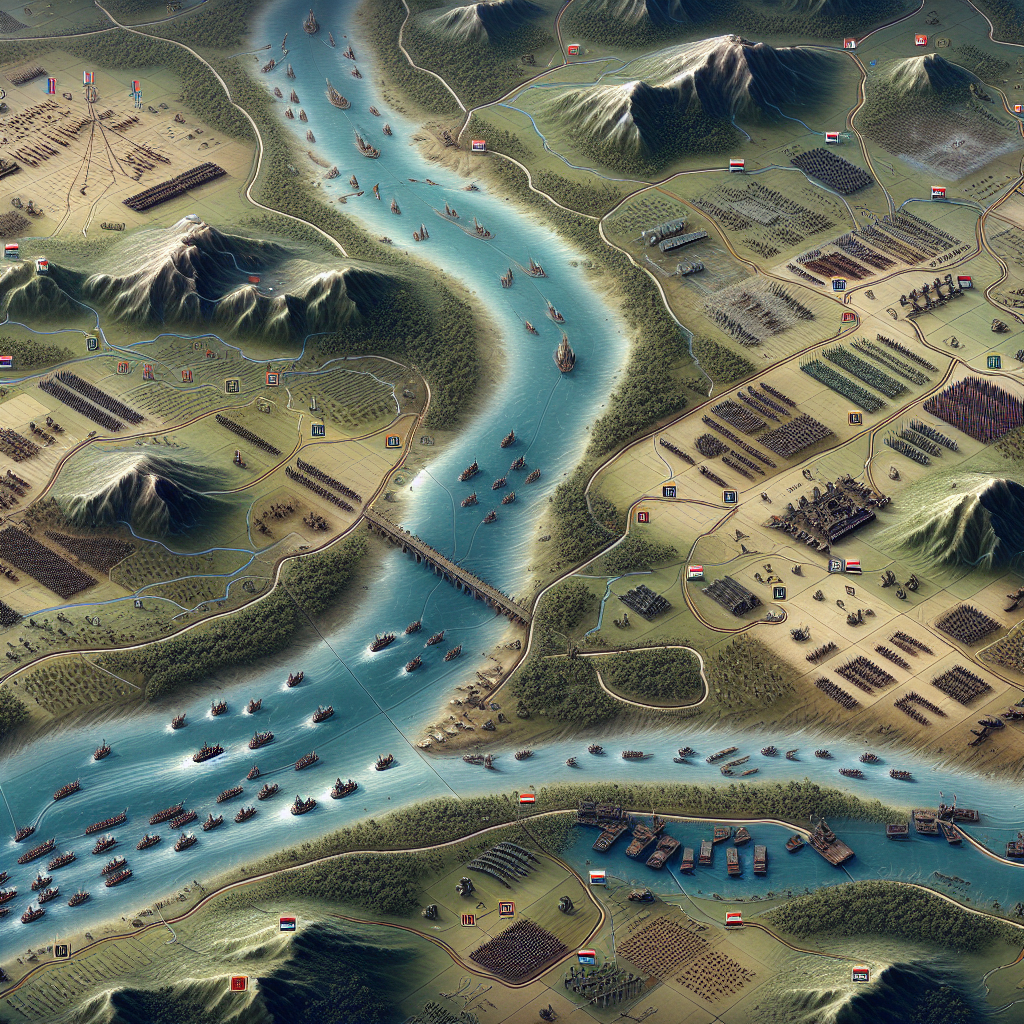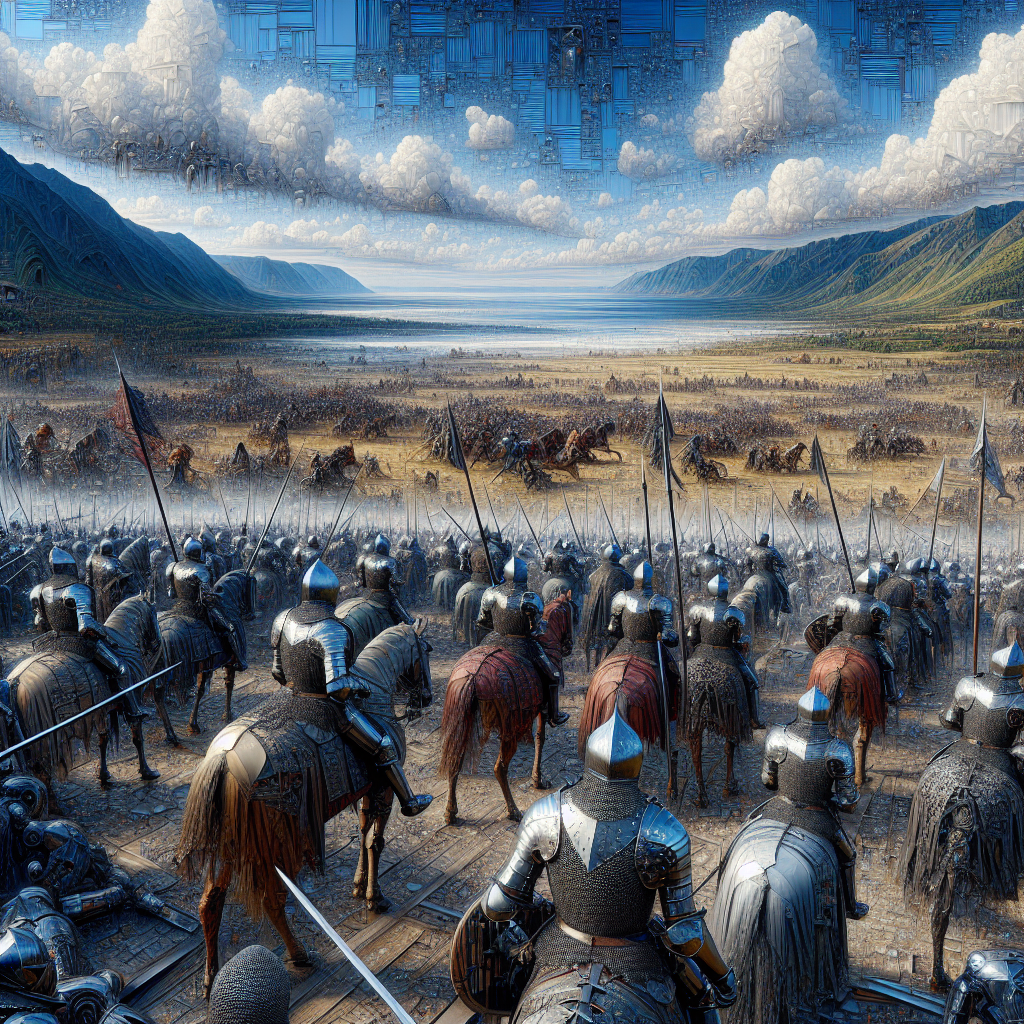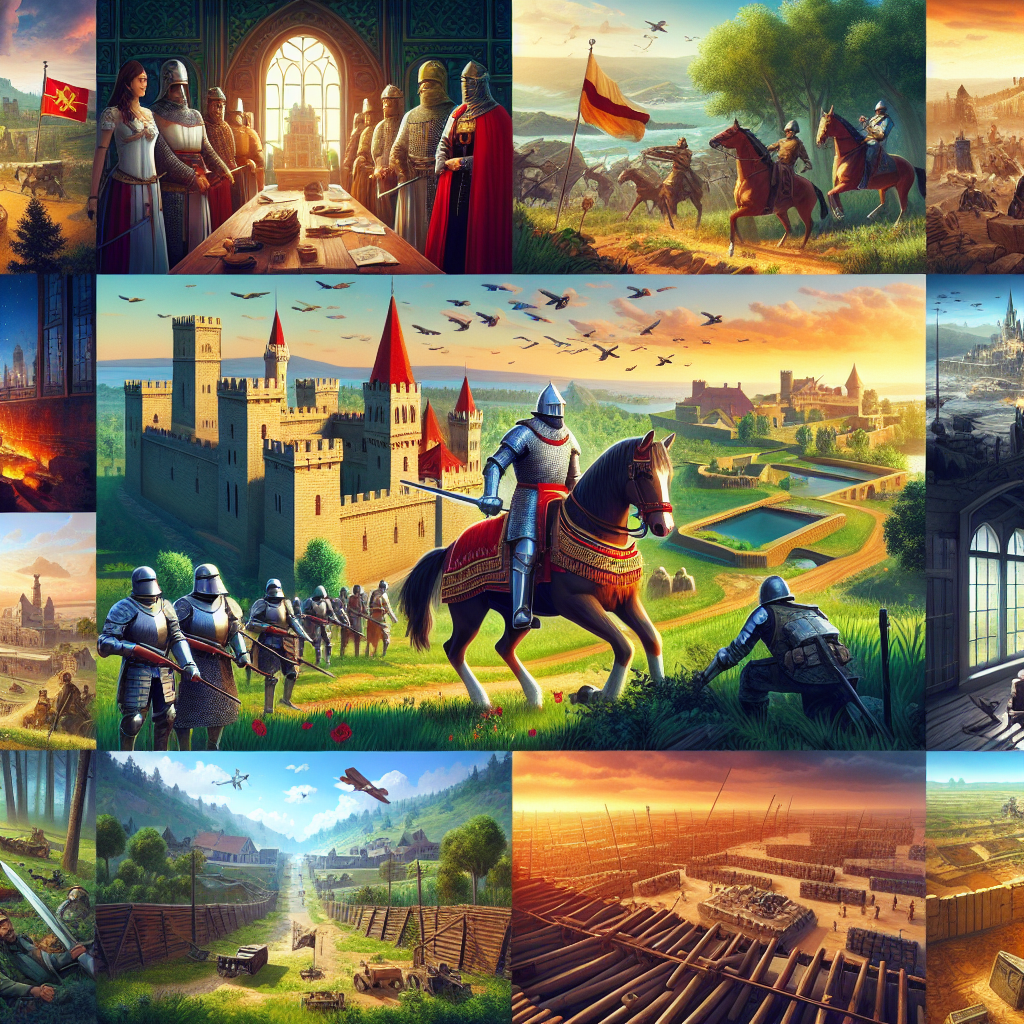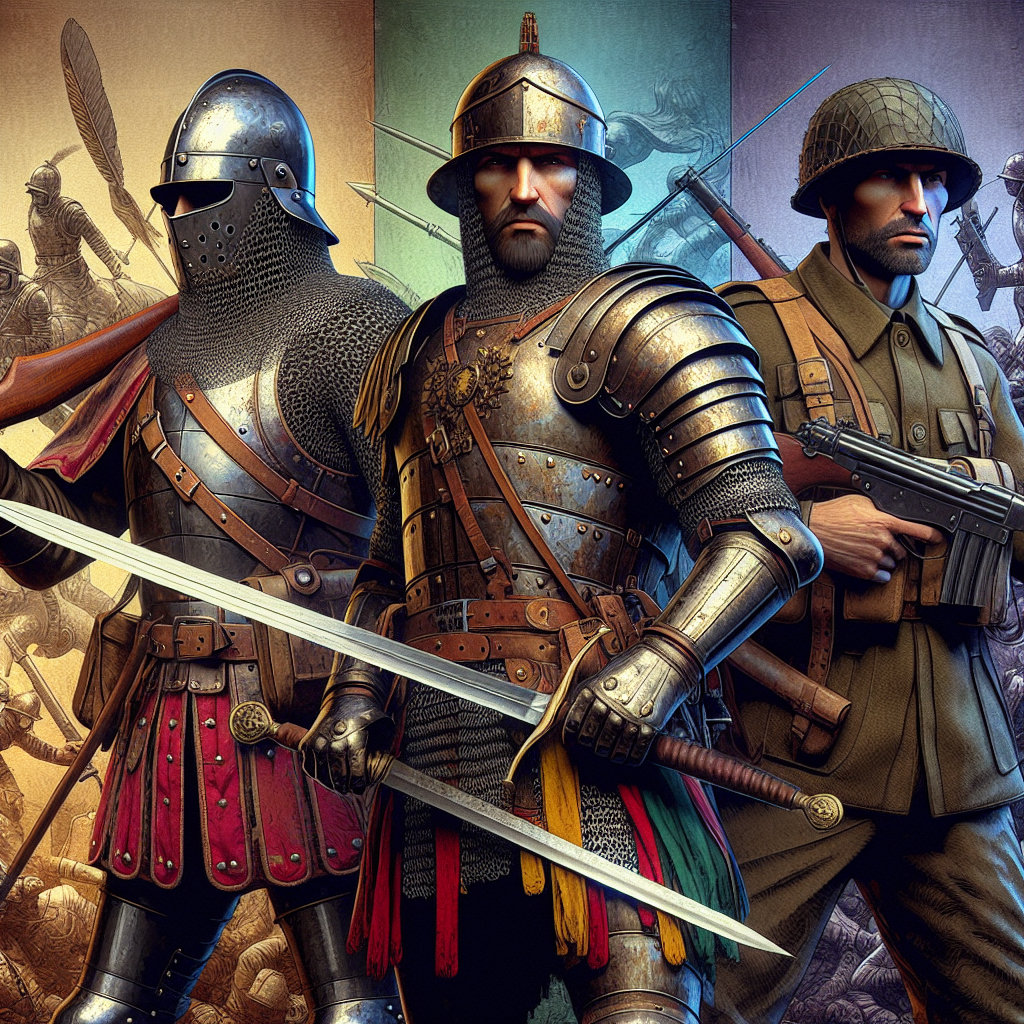In the world of gaming, players often seek immersive experiences that transport them to different times and places. One way to achieve this immersion is through historical accuracy in games. By incorporating realistic elements from actual history, game developers can create a more engaging environment that resonates with players. This article explores how historical accuracy in games can enhance immersion and the overall gaming experience.
The Role of Historical Accuracy in Game Development
Historical accuracy in games plays a significant role in shaping the player’s experience. When games reflect real historical events, cultures, and figures, they provide players with a sense of authenticity. This authenticity can draw players deeper into the narrative, making them feel like they are part of the story rather than just observers. For example, games like “Assassin’s Creed” and “Total War” series have successfully integrated historical events and figures, allowing players to engage with history interactively.
Moreover, historical accuracy can also educate players. When players encounter accurate representations of historical events, they may learn more about the context and implications of those events. This educational aspect can enhance the gaming experience, as players feel they are gaining knowledge while enjoying their time in the game.
Balancing Accuracy with Gameplay
While historical accuracy can enhance immersion, developers must balance it with gameplay mechanics. Sometimes, sticking too closely to historical facts can hinder the fun and engagement of the game. For instance, if a game strictly follows historical events, it might limit the player’s freedom to explore and make choices, which can detract from the overall experience.


Game designers often face the challenge of creating a compelling narrative that is both engaging and historically accurate. This means that while they should strive for accuracy, they also need to ensure that the gameplay remains enjoyable. A game that is too focused on realism might alienate players who are looking for an entertaining experience rather than a history lesson.
Examples of Immersive Historical Games
Several games exemplify how historical accuracy can create immersive experiences. “Kingdom Come: Deliverance” is a notable example, as it prides itself on its attention to historical detail, from language to combat techniques. Players not only engage in a rich story but also learn about medieval life in Bohemia. Similarly, “Civilization VI” allows players to experience different civilizations throughout history, showcasing their unique traits and contributions.
In contrast, games like “Wolfenstein” take a more fictional approach, using historical settings as a backdrop for alternate history narratives. While these games may not prioritize accuracy, they still manage to create immersive worlds that captivate players.
In conclusion, historical accuracy in games can significantly enhance immersion by providing players with authentic experiences and educational elements. However, developers must strike a balance between accuracy and gameplay to ensure that the gaming experience remains enjoyable. As the gaming industry continues to evolve, the integration of historical accuracy will likely play a crucial role in shaping future immersive experiences.
Some content and/or images on this page were created using AI.





